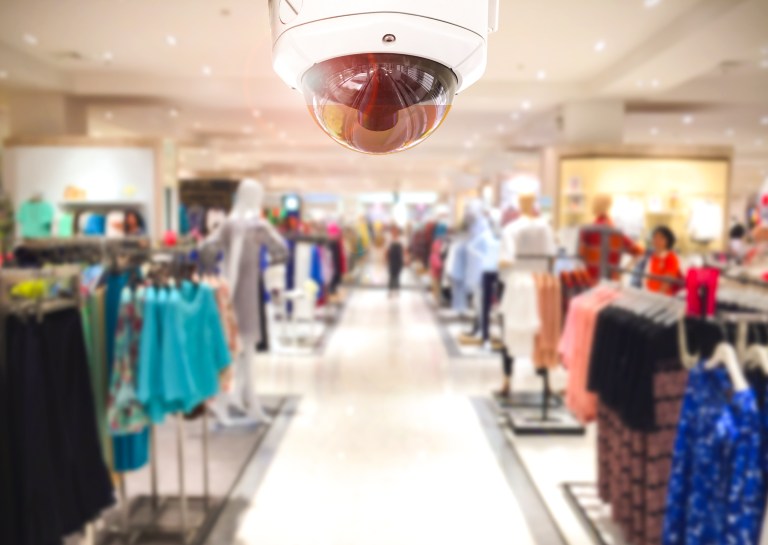
Security isn’t just about catching the bad guys as they run away with store merchandise. And surveillance isn’t just about identifying bad guys after the fact. The whole point is to prevent theft before it happens — and not just by watching, but by taking proactive steps to discourage it.
Cameras can, however, play a big part in determining where strategies are needed and which ones will work for a particular retailer. And as part of a network, they can be a key piece in the preventative puzzle, triggering other elements of the security suite to activate.
That’s the business foundation for Swedish camera manufacturer Axis Communications.
Axis was created as an IT company in 1984, but it soon moved its eggs to the network technology basket, starting with network printers. The company then developed the first network-based surveillance camera, which captured one pixelated frame every 13 seconds.
It’s now the largest surveillance camera manufacturer in the world, not only making network cameras but also the software to run and analyze data from those cameras. Retailers of all sizes — whether they have one store or hundreds nationwide, whether they need one camera or 1,000 — can leverage that data both to reduce shoplifting and to increase sales and customer satisfaction.
Hedgie Bartol, Axis Communications’ business development manager for retail in North America, has some insights on why the surveillance camera alone just isn’t enough anymore.
“Thirty years ago, loss prevention was all about catching the bad guys,” said Bartol, and that created liability. What if an employee got hurt chasing after a shoplifter? What if the person they’d been following around the store wasn’t a criminal, and the employee made them feel like one?
Now, said Bartol, “Our goal is not to catch the bad guys; our goal is to stop it from happening.”
For instance, video footage surveillance can reveal “hot” and “cold” areas of the store — that is, areas that see a lot of foot traffic versus areas that are relatively sparse and quiet. Shoplifters target cold areas because they’re less likely to get caught there.
To avoid that, a store might choose to change its layout or deploy more customer service reps to at-risk areas. Not only does that let potential shoplifters know they’re not alone with the merchandise; it also improves the customer experience for innocent shoppers, increasing sales.
Hot and cold data is also useful as retailers interact with suppliers, because it lets them show vendors definitively where their products will perform best within the store — again, increasing sales.
When retailers start linking security equipment with other devices on the network, it opens up even more possibilities. For example, the same speakers that play music and announcements during business hours can play warnings to keep criminals away after hours and dissuade theft.
A camera pointed at a door or window might be programmed to look for suspicious loitering between 8:00 p.m. and 10:00 a.m. If someone is hanging around the storefront for too long, the camera feed triggers the speakers to tell the suspect to come back during operating hours. If the person sticks around for another five minutes, it triggers another warning stating that authorities have been called.
Or, video footage can be combined with exception-based reporting at the point of sale, which can help identify cashier fraud.
The reporting software looks for anomalies based on its algorithms. If it finds one, it can bookmark the video so authorities can review it later and decide: Was the cashier deliberately committing fraud, or did he or she just make an honest mistake that could be avoided through additional training?
If all else fails and someone does steal from the store or commit cashier fraud, a quality surveillance system creates actionable videos that are actually useful as evidence in a court of law, because the footage is fine enough to show identifying marks.
That same precision can be used for more than catching bad guys. It can map traffic, measure how many people visited the store, where they went and how they moved around the store, what age ranges or genders were represented, how long they looked at each display and how long they waited in line to pay. All of those data points can be used to improve the customer experience for the good guys.
Really ambitious retailers might even use this cybersecurity tech for facial recognition access control for employees or VIP customers.
“They say a picture’s worth a thousand words,” said Bartol. “I think a video’s worth a million.”